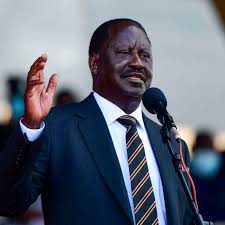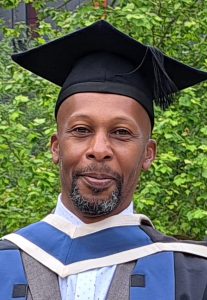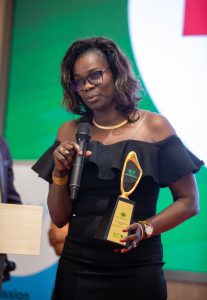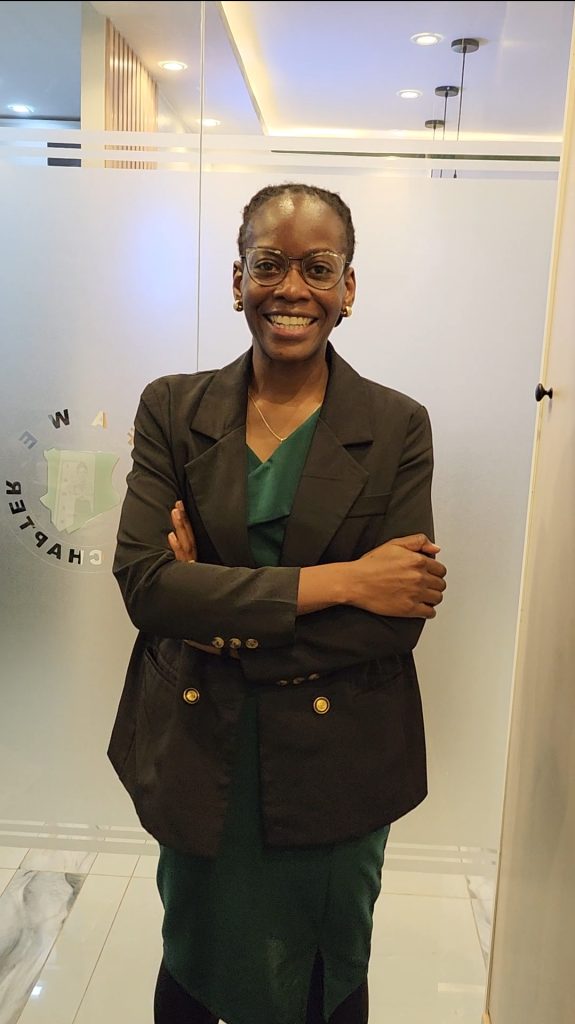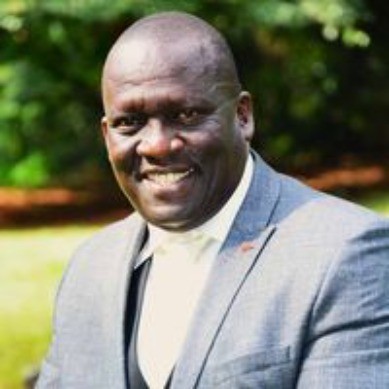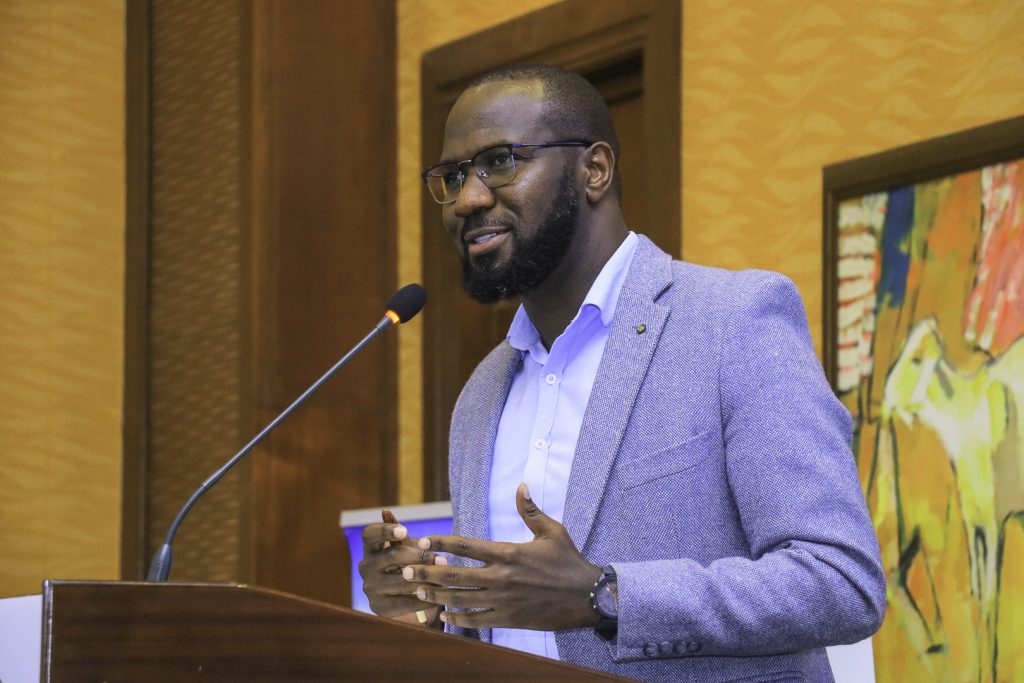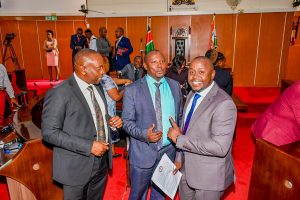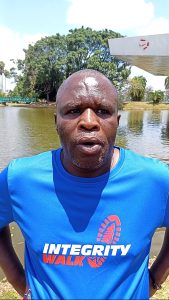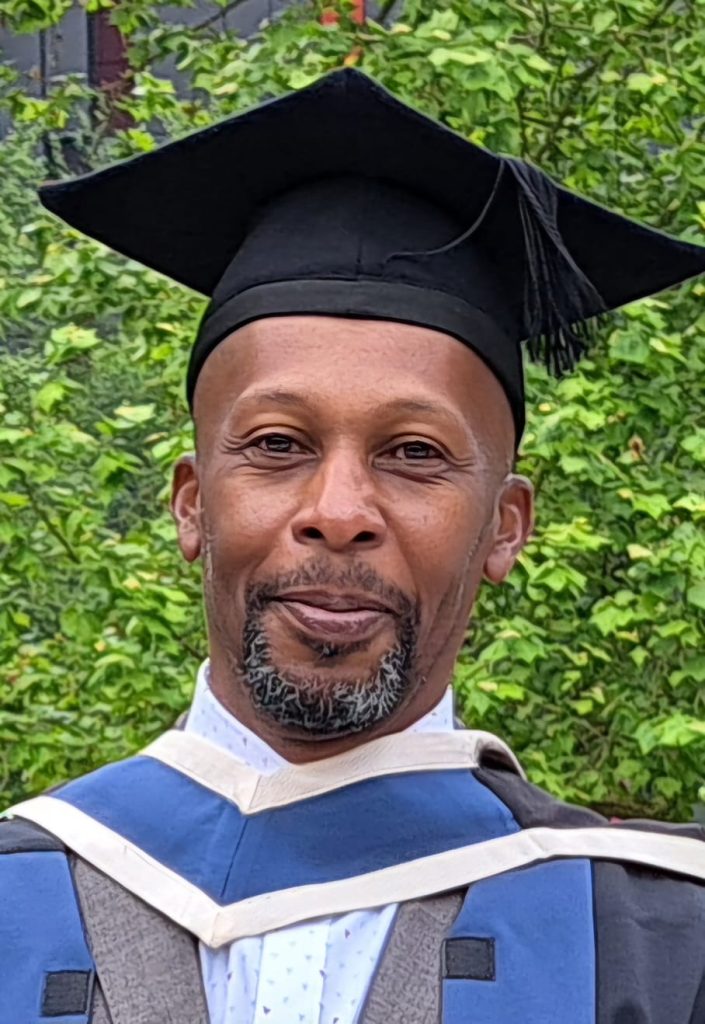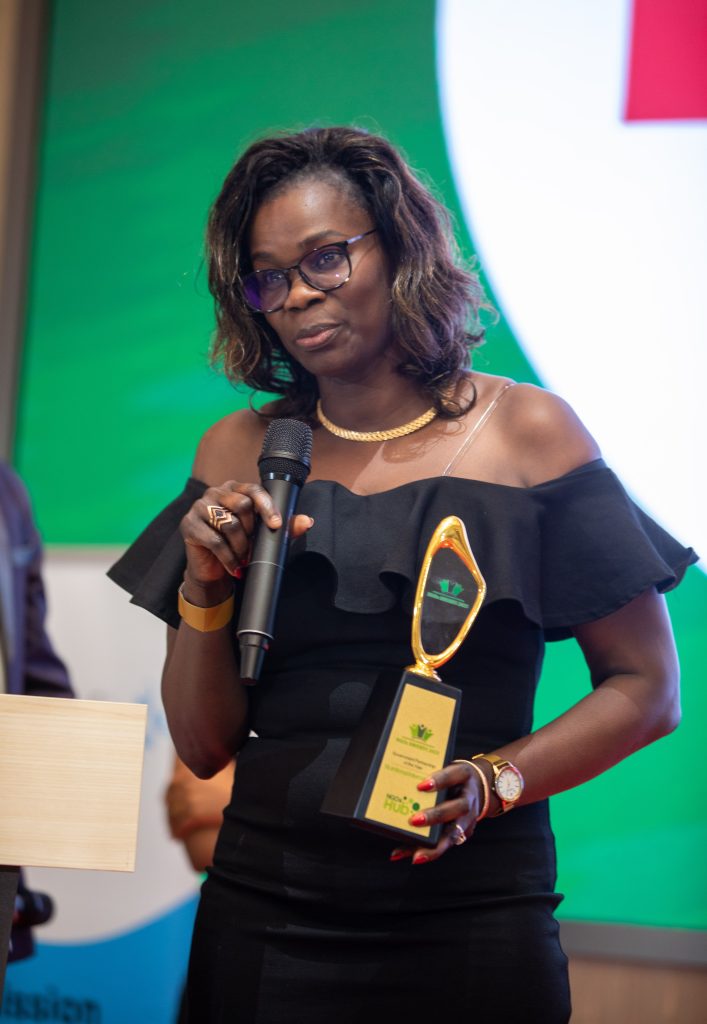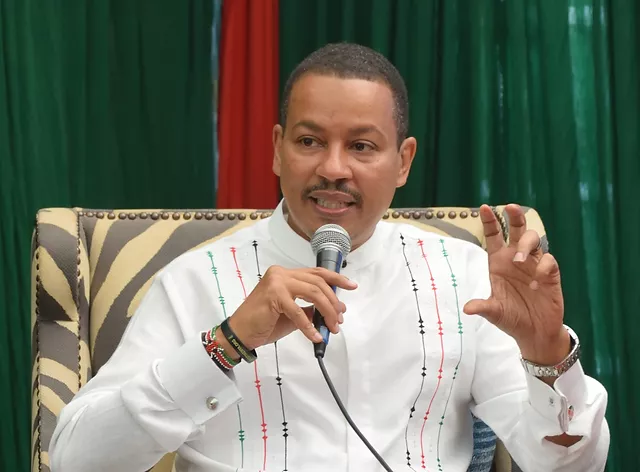By Wahome Ngatia
The Day Kenya Fell Silent
When news broke on October 15, 2025, that Raila Amolo Odinga — the indefatigable son of Jaramogi, the people’s defender — had died, Kenya’s pulse seemed to falter. For a moment, the air itself held its breath.
Radio presenters broke down mid-broadcast. Flags drooped half-mast across towns. In Kibra, Kisumu, and Mathare, silence replaced the usual morning chatter. He was gone — the man who had spent half a century teaching Kenyans that freedom, no matter how long delayed, was worth the fight.
“I am not afraid of walking through the fire,” Raila once said. “Because freedom, true freedom, is born of fire.”
The Son of a Revolutionary
Raila Odinga’s story begins in the charged atmosphere of post-independence Kenya.
Born in 1945 to Jaramogi Oginga Odinga — Kenya’s first Vice President and a fierce critic of Jomo Kenyatta’s consolidation of power — young Raila grew up surrounded by political discourse, idealism, and danger.
His father’s audacious defiance of Kenyatta’s one-party tendencies made the Odinga name synonymous with rebellion.
But Raila was determined to be more than Jaramogi’s shadow. After studying engineering in East Germany, he returned to Kenya with a fire in his belly and a vision for justice that transcended lineage.
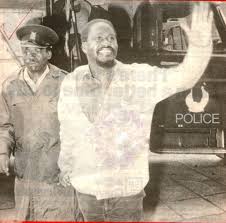
The Years of Iron and Fire
In the 1980s, Kenya was ruled by fear. President Daniel arap Moi’s security apparatus crushed dissent with ruthless precision.
One of its most notorious sites was Nyayo House — the concrete tomb of the country’s conscience — where critics were dragged in and often never seen again.
In 1982, following a failed coup against Moi’s regime, Raila was arrested and accused of treason.
Without trial, he was thrown into solitary confinement — a punishment that lasted nearly eight years, spread across multiple imprisonments.
Inside those suffocating cells, Raila was stripped of everything but his will. Tortured and deprived of light, he endured electric shocks, mock executions, and endless interrogations.
Former cellmates say that after one brutal beating, he lost partial control of a tear duct — and would forever after wipe a tear from his eye, a haunting symbol of both pain and resilience.
He would later recall that period as his crucible. “They tried to break me,” he said, “but in the darkness of Nyayo House, I found light.”
Even behind bars, he became a teacher, smuggling hope through whispered words: “We are not prisoners,” he told fellow detainees. “We are seeds. They bury us, but we rise.”
Lighting the Torch of Multiparty Democracy
When Raila emerged from detention in 1988, his body was frail — but his spirit had become iron. Kenya, however, remained in chains.
Alongside other reformists — Kenneth Matiba, Charles Rubia, Martin Shikuku, James Orengo, and a fiery young lawyer named Martha Karua — Raila helped form the Forum for the Restoration of Democracy (FORD).
They demanded pluralism in a country where dissent was still treasonous.
Street protests erupted, and Moi’s regime struck back with arrests, torture, and shootings.
Yet the movement persisted. In 1991, under intense domestic and international pressure, Section 2A of the Constitution was repealed — ending nearly two decades of one-party rule.
It was one of the most pivotal victories in Kenya’s modern history — and Raila Odinga’s fingerprints were all over it. “Moi can jail the body,” he said, “but he cannot jail the dream.”
From the Streets to the Constitution
Raila’s activism evolved with the times. After multiparty democracy was restored, he became both a political and moral compass for a restless generation. He understood that removing Moi was not enough — Kenya needed to change the system itself.
When the Moi regime finally crumbled in 2002, Raila’s thunderous declaration — “Kibaki Tosha!” — united the opposition and delivered a historic win for reformists. But when the government backtracked on constitutional change, he again turned his back on comfort and chose confrontation.
In 2005, he led the “Orange” movement — a mass uprising of civil society, students, clergy, and ordinary citizens — to reject the government’s draft constitution that preserved excessive presidential powers. The “No” campaign triumphed, birthing the orange symbol that would forever define his political brand.
Then came 2007, one of Kenya’s darkest hours. After a disputed election plunged the country into violence, Raila agreed to a power-sharing deal with President Mwai Kibaki — not as surrender, but as a bridge to peace. As Prime Minister, he pushed for the drafting and passage of the 2010 Constitution — a document that would enshrine devolution, expand the Bill of Rights, and reimagine Kenya’s governance structure.
“The 2010 Constitution was written with the blood of patriots,” Raila said. “It belongs not to the rulers, but to the ruled.”
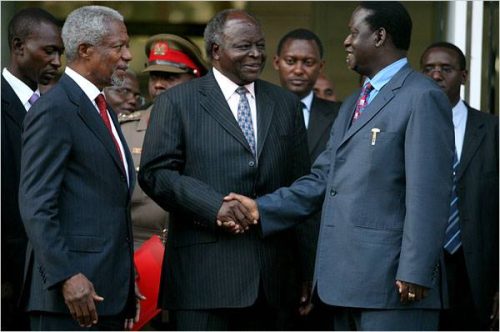
The People’s Defender
Raila Odinga’s life was defined by contradiction — the engineer who built revolutions, the insider who never quite became establishment.
He was adored and vilified, often in the same breath. Critics accused him of populism, of handshake politics, of overreaching through the Building Bridges Initiative (BBI) with President Uhuru Kenyatta. But to millions, especially the marginalized, he remained “Baba” — the one man who never forgot the people.
In the trenches of civil activism, his name was whispered with reverence. He marched with students. He visited prisons. He defended journalists under threat. He didn’t just speak of democracy; he embodied it.
“Freedom,” he reminded Kenyans, “is not a gift. It is a covenant — signed in pain and renewed in struggle.”
The Torch Passes On
When his body arrived in Kisumu, tens of thousands flooded the streets, waving orange flags and chanting, “Baba lives!”
They were joined by a new generation — Kenya’s Gen Z activists — the ones who took to the streets in 2024 to protest corruption and police brutality. Many of them had never voted for Raila, yet they carried his fire.
On social media and city squares, they quoted his words, painted murals of his face, and declared: “He walked so we could run.”
These young Kenyans, armed with smartphones and unyielding spirit, have redefined activism.
Where Raila fought with placards and tear gas, they fight with hashtags, court petitions, and viral videos. But the essence remains the same: truth to power, justice for all.
An Unbroken Legacy
Raila Odinga’s death marks the close of a heroic chapter in Kenya’s democratic story — but not the end of the story itself.
He never became president, but he became something far more enduring: the moral president of the people’s hearts. He turned his pain into principle, his defeat into defiance, and his name into a synonym for struggle. From the bowels of Nyayo House to the balconies of history, Raila’s legacy is carved not in stone, but in the courage of a nation he helped awaken.
As a mourner in Kibra whispered through her tears: “He fought so we could speak. Now it’s our turn to speak for him.”

